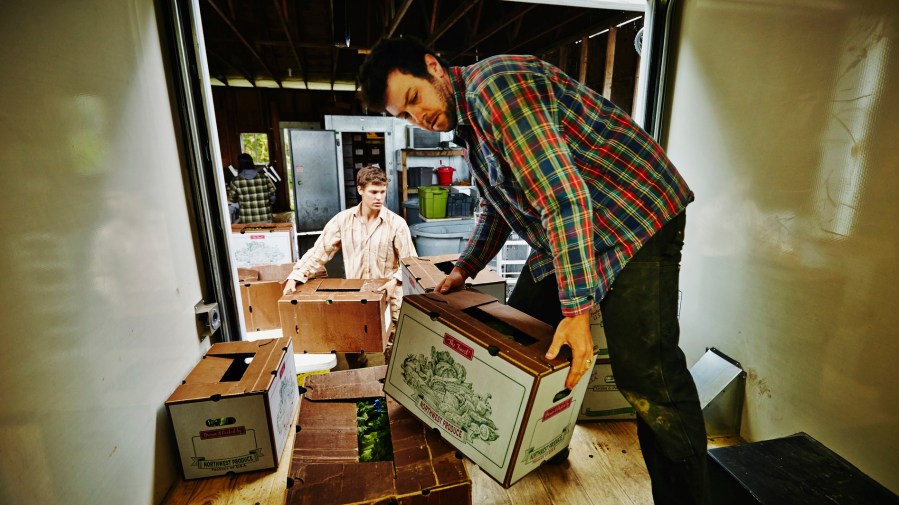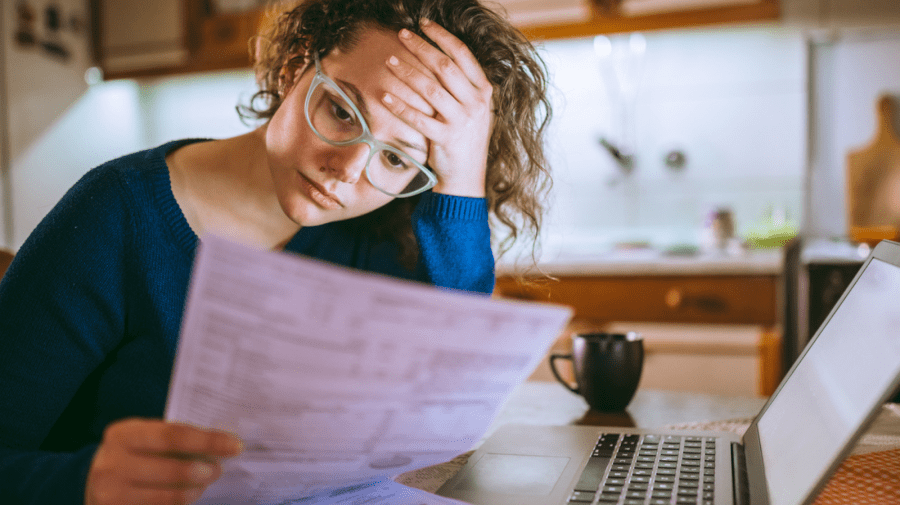
Whether you want to launch a brand new business or take your existing business to the next level, you need capital to make it happen. Depending on the size of your business, you may qualify for a small business loan to help you expand your retail or office space, cover payroll or seasonal expenses, invest in new inventory, or pay for any number of outstanding expenses.
The Small Business Administration (SBA) makes it easier for businesses like yours to qualify for small business loans for a broad range of purposes. If you’re thinking about applying for one of these loans for your company, you need to learn all the details of the program to ensure you meet the criteria for financing. Here is all you need to know about the process of applying for an SBA loan so that you can get started growing your business!
The Basics of an SBA Loan
The Small Business Administration has been issuing loans since 19534, one year after Congress created the department with the mandate to “aid, counsel, assist and protect, insofar as is possible, the interests of small business concerns.” This act of Congress came after the Great Depression and WWII devastated small businesses, and reflected a commitment to preserving the role of small businesses in the American economic landscape.
Technically, an SBA loan should really be called an SBA-backed loan. The Small Business Administration is a government agency, not a bank, so it doesn’t directly lend money to businesses. Business owners apply for SBA loans through SBA-approved lenders who must abide by the rules established by the SBA. In return, the SBA guarantees repayment of the majority of the loan to the lenders if the borrowers default on their loans.

This guarantee gives lenders additional incentive to extend loans to companies that might be classified as too high-risk under normal circumstances. For borrowers, SBA-backed loans typically are long-term loans with low down-payments and low interest rates. This, in turn, gives a business owner ample time to get the business in shape and become profitable enough to make timely payments. The loan can help businesses make expansions, cover the cost of startups, purchase machinery, and real estate property. These loans also come with strict requirements and an extensive application process.
Evaluate the Different Types of SBA Loan Programs
SBA loans assist small businesses to expand or refinance their operations and are also available to borrowers interested in starting a new business. These loans are ideal for business owners struggling to stay afloat or those who have suffered significant economic or physical damage. The Small Business Administration offers three types of guaranteed loan programs.

- 7(a) loans are the most common form of SBA loan. These loans can be used to acquire working capital, refinance business debts, and make business-related real estate purchases.
- 504 loans are issued to support small businesses that need to invest in major fixed assets that will lead to growth, such as constructing new facilities or investing in long-term machinery. Borrowers usually have to contribute at least 10% of the project cost for these loans.
- Microloans are capped at $50,000, but the average loan amount is $13,000. They are meant to cover start up and expansion costs and are administered by local, community-based organizations.
Learn About SBA Loan Requirements
Before applying for an SBA loan, it is best to review whether your company needs a loan and what sort of loan is best for your business. Each type of loan comes with its own eligibility requirements, but a few general requirements exist.
- Be a small business within the United States
- Demonstrate an ability to repay your loan
- Be for-profit (with the exception of some microloans)
- Have zero previous or current defaults on any government loans

The definition of “small business” varies a great deal by industry, but it generally relates to either the annual income of a business or its number of employees. For example, used car dealers are classified as small businesses as long as they have less than $27 million in annual sales, but new car dealers are assessed differently and must have fewer than 200 employees.
In addition to the above, borrowers will need to have a good credit score, and should not have a history of operating a business that caused the government to incur a loss. Business owners currently incarcerated, on parole, or with a felony indictment are also ineligible.
How to Apply for an SBA Loan
The process of applying for an SBA loan is relatively easy, but you will need to follow these steps.
Step 1: Decide on the Type of Loan
The SBA loan program gives borrowers a variety of loan options to choose from. The first step is to decide which type of SBA loan you need to apply for. When deciding the type of loan, a borrower should assess their needs and requirements.
Step 2: Find an SBA Lender
The next step is to find an SBA lender and get started on the application process. A business owner can apply through a non-profit lender or their local bank. Some of the items that will guide a borrower in selecting an SBA lender is:
- SBA Loan timeline
- Interest rates
- Average loan rate and size
- Type of collateral
The SBA provides borrowers with a free online tool to match them with approved lenders or Community Development Financial Institutions. This is especially necessary for businesses located in low-income areas.

Step 3: Gather Your Documents
SBA loans require comprehensive information from every borrower. The type of information required may vary in each program. Your lender can guide you on what type of documents they need. However, the standard documentation for 7(a) loans are:
- Business financial statements
- Projected financial statements
- Profit and loss statements
- Ownership and partnerships
- Business licenses and lease
- Business history and overview
- Loan history application
- Income tax returns
Step 4: Apply for Your Loan
After gathering the right documents, a borrower can download an SBA application form and fill it out. Once the form is filled, a borrower submits it to the lender. The lender may ask for more documents or follow-up questions to process the application. As soon as the lender approves the loan, the guaranty process begins. The entire loan process from application to loan funding takes about 30 to 45 days to complete, on average.
Understand SBA Disaster Assistance Loans
Homeowners and business owners who suffer losses due to natural or manmade disasters can turn to FEMA after the crisis to apply for an SBA loan. These loans provide necessary funds to replace lost inventory and repair buildings, but unlike normal SBA loans, they also provide assistance to individuals to replace damaged or destroyed homes and personal property. Applicants must show they live in a federally declared disaster area and meet certain credit requirements.

To apply for disaster loans, applicants must first contact FEMA for assistance and file relevant claims with their insurance companies. Then they can complete an application by mail, at a local service center or on the SBA website. The SBA approves about half of the applications it receives for each declared disaster area. Loan terms vary based on the applicant’s ability to get credit from other sources, with lower rates granted to those who don’t qualify for credit elsewhere.
What Happens After an SBA Loan Is Approved?
If a borrower’s information checks out, the lending institution gives the borrower a loan proposal outlining the conditions. It also details the fees to be paid, deposits, and closing period. The lending institution and SBA start the formal underwriting process if a borrower accepts the proposal. This involves an in-depth look into a borrower’s financial status and credit history. Upon approval from SBA, the lender issues the borrower with a commitment letter as an approval notification.

If the loan terms are favorable to the borrower, they must sign it. After that, the lender provides guidance on the closing process. After loan approval, the lending institution is given approximately ten calendar days to disburse the funds into the borrower’s account.
How to Check SBA Loan Status
SBA loan borrowers can use the SBA Capital Access Financial System (CAFS) accessible through this website to check whether their loan has been approved or rejected.





